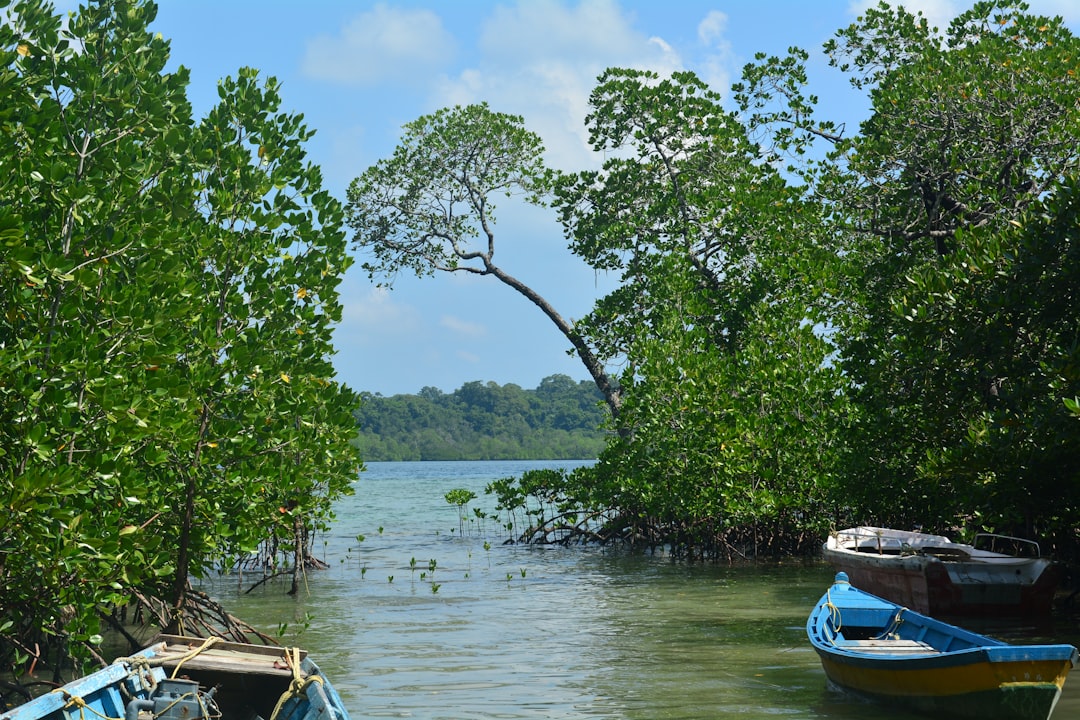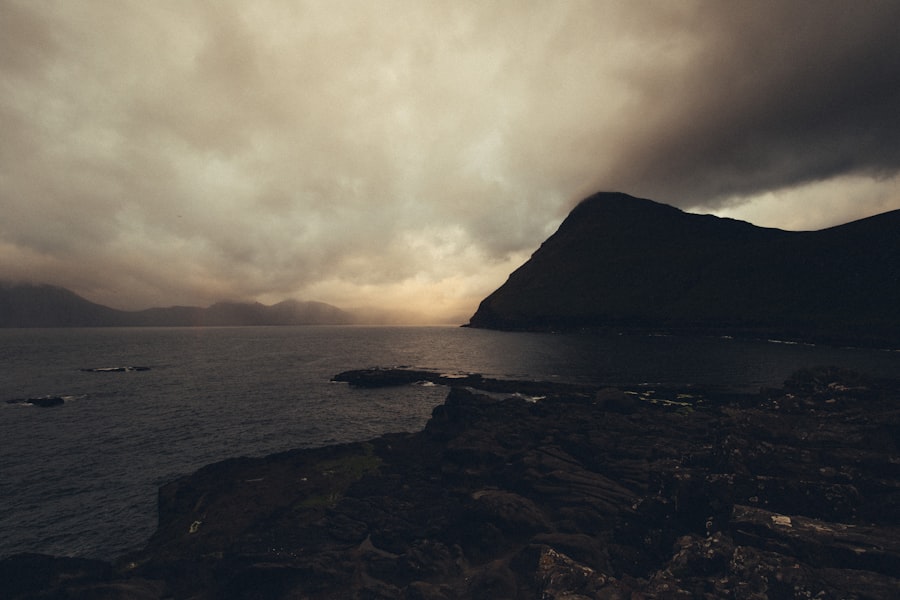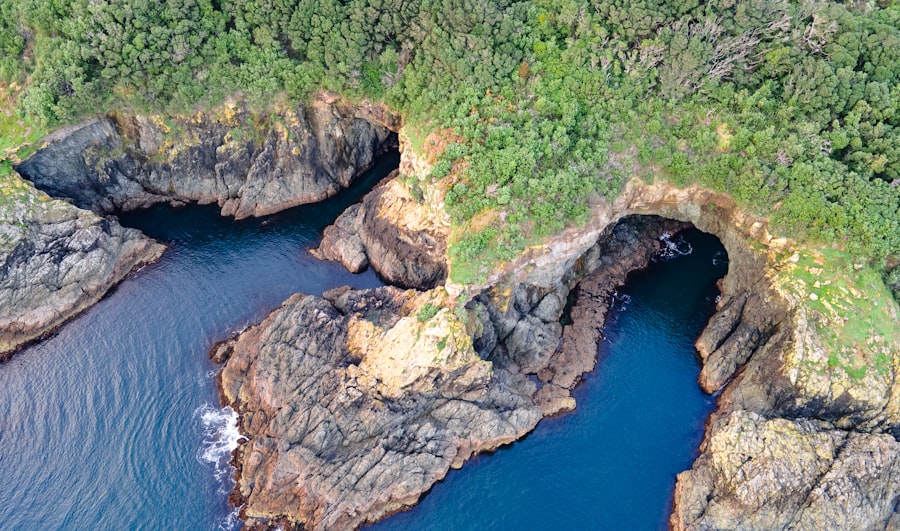
Guinea-Bissau, a small West African nation, is often overshadowed by its more prominent neighbors. Nestled between Senegal to the north and Guinea to the south, this country boasts a rich tapestry of history, culture, and natural beauty. With a population of approximately 2 million people, Guinea-Bissau is characterized by its diverse ethnic groups, languages, and traditions.
The capital city, Bissau, serves as the political and economic hub, while the country’s landscape is dotted with islands, mangroves, and lush forests that contribute to its unique ecological profile. The nation gained independence from Portugal in 1973 after a protracted liberation struggle led by the African Party for the Independence of Guinea and Cape Verde (PAIGC). This historical backdrop has shaped the identity of Guinea-Bissau, infusing it with a sense of resilience and cultural pride.
Despite facing challenges such as political instability and economic difficulties, the spirit of the Bissau-Guinean people remains vibrant. The country is known for its lively music scene, traditional festivals, and a strong sense of community that permeates daily life.
The arrival of Portuguese traders in the 15th century initiated a period of exploitation and colonization that would last for centuries.
The Portuguese established trading posts along the coast, primarily focusing on the lucrative slave trade, which had devastating effects on local populations. The struggle for independence in the 20th century was a pivotal moment in Guinea-Bissau’s history. Amílcar Cabral emerged as a key figure in the liberation movement, advocating for both national independence and social justice.
His leadership galvanized support among various ethnic groups and laid the groundwork for a unified national identity. The war for independence was marked by guerrilla warfare tactics and significant sacrifices from the local population. Following independence, however, the country faced political turmoil, including coups and civil wars that have shaped its contemporary political landscape.
Culturally, Guinea-Bissau is a mosaic of traditions and practices. The country is home to over 30 ethnic groups, each with its own languages, customs, and art forms. The Creole culture, known as “Kriol,” is particularly influential in urban areas like Bissau, where Portuguese and African elements blend seamlessly.
Traditional music genres such as gumbe and batuque are integral to social gatherings and celebrations, reflecting the rhythms of daily life. Festivals like the Bissau Carnival showcase vibrant costumes, dance, and music, drawing both locals and visitors into a celebration of cultural heritage.
Key Takeaways
- Guinea-Bissau is a small West African country known for its rich cultural heritage and diverse natural landscapes.
- The country has a complex history influenced by Portuguese colonization and a blend of African cultures, resulting in a unique cultural identity.
- Top places to visit in Guinea-Bissau include the Bijagos Archipelago, Bissau, and the Cacheu River region, offering a mix of historical sites and natural beauty.
- The country is home to diverse wildlife and natural wonders, including the Orango Islands National Park and the Bissagos Islands, making it a paradise for nature lovers.
- Travelers to Guinea-Bissau can experience unique sights and experiences such as traditional music and dance, vibrant markets, and the annual Carnival in Bissau. It is important to be mindful of local customs and traditions while traveling in the country.
Top Places to Visit in Guinea-Bissau

One of the most captivating destinations in Guinea-Bissau is the Bijagós Archipelago, an ensemble of around 88 islands off the coast. This UNESCO Biosphere Reserve is renowned for its stunning landscapes, pristine beaches, and rich biodiversity. The islands are home to unique wildlife, including sea turtles and various bird species.
Visitors can explore the traditional villages of the Bijagós people, who maintain their customs and way of life largely untouched by modern influences. The archipelago offers opportunities for eco-tourism activities such as birdwatching, fishing, and snorkeling in crystal-clear waters. In addition to the Bijagós Archipelago, Bissau itself is worth exploring.
The capital city features colonial architecture that reflects its Portuguese heritage, with notable landmarks such as the Presidential Palace and the old Portuguese fortifications. The vibrant markets of Bissau provide an authentic glimpse into local life, where visitors can find everything from fresh produce to handmade crafts. The city also hosts cultural events throughout the year that celebrate music, dance, and art, allowing travelers to immerse themselves in the local culture.
Another significant site is the Cacheu River estuary, which played a crucial role in the transatlantic slave trade. Today, it serves as a poignant reminder of this dark chapter in history. The Cacheu River National Park offers opportunities for wildlife viewing and exploration of mangrove ecosystems.
Visitors can take boat trips along the river to observe various bird species and other wildlife while learning about the historical significance of the area.
Natural Wonders and Wildlife
| Location | Natural Wonder/Wildlife | Description |
|---|---|---|
| Grand Canyon, USA | Canyon | One of the world’s most famous canyons, known for its colorful landscape and the Colorado River. |
| Great Barrier Reef, Australia | Marine Wildlife | The world’s largest coral reef system, home to a diverse range of marine life including fish, turtles, and sharks. |
| Serengeti National Park, Tanzania | Wildlife Safari | Famous for its annual migration of wildebeest and zebra, offering some of the best wildlife viewing in Africa. |
| Amazon Rainforest, South America | Biodiversity | The largest tropical rainforest in the world, home to an incredibly diverse range of plant and animal species. |
Guinea-Bissau’s natural environment is characterized by diverse ecosystems that range from coastal mangroves to savannahs and tropical forests. The country’s commitment to conservation is evident in its numerous protected areas that safeguard its rich biodiversity. One such area is the Orango Islands National Park, which encompasses several islands known for their unique flora and fauna.
This park is particularly famous for its population of saltwater hippos that inhabit the mangrove swamps. The wetlands of Guinea-Bissau are also vital habitats for migratory birds. Birdwatchers flock to places like the Bijagós Archipelago and Cacheu River National Park to witness an array of species throughout different seasons.
The estuarine environment supports various fish species and crustaceans, making it an important area for local fishing communities. Conservation efforts are crucial in maintaining these ecosystems as they face threats from climate change and human activities. Inland areas are equally rich in biodiversity.
The forests are home to primates such as monkeys and baboons, as well as numerous reptiles and amphibians. The diverse plant life includes medicinal herbs that have been used by local communities for generations. Sustainable tourism initiatives are being developed to promote awareness of these natural wonders while providing economic benefits to local populations through eco-friendly practices.
Unique Sights and Experiences
Traveling through Guinea-Bissau offers unique experiences that go beyond typical tourist attractions. One such experience is participating in traditional ceremonies held by local communities. These ceremonies often involve music, dance, and storytelling that convey cultural values and history.
Engaging with local artisans can also provide insight into traditional crafts such as weaving and pottery-making, allowing visitors to appreciate the skills passed down through generations. Another distinctive aspect of Guinea-Bissau is its culinary scene. The country’s cuisine reflects a blend of African and Portuguese influences, with staples such as rice, cassava, and fish featuring prominently in local dishes.
Street food vendors offer an array of snacks that showcase regional flavors—such as grilled fish served with spicy sauces or “caldo de peixe,” a flavorful fish stew. Participating in a cooking class can provide travelers with hands-on experience in preparing traditional dishes while learning about the significance of food in Bissau-Guinean culture. For those seeking adventure, exploring the remote islands of the Bijagós Archipelago offers opportunities for kayaking through mangroves or hiking along untouched beaches.
Engaging with local fishermen can provide insights into traditional fishing methods that have sustained communities for centuries. These experiences foster connections between visitors and locals while promoting sustainable practices that benefit both parties.
Tips for Traveling in Guinea-Bissau

Traveling in Guinea-Bissau requires some preparation due to its developing infrastructure and unique cultural context. It is advisable for travelers to obtain necessary vaccinations before visiting, including those for yellow fever and hepatitis Additionally, travelers should be aware of health precautions related to malaria prevention through medication or mosquito repellent. Language can be a barrier since Portuguese is the official language while many locals speak indigenous languages or Kriol.
Learning basic phrases in Portuguese or Kriol can enhance interactions with locals and demonstrate respect for their culture. Engaging with local guides can also enrich the travel experience by providing insights into historical sites and cultural practices. Transportation within Guinea-Bissau can be challenging due to limited road networks outside major cities.
Travelers should consider using shared taxis or hiring local drivers familiar with rural areas. For those venturing to remote islands or national parks, arranging boat transport in advance is essential to ensure smooth travel logistics. Safety should also be a consideration; while Guinea-Bissau is generally safe for tourists, it is wise to stay informed about current events and avoid areas with political unrest.
Respecting local customs and traditions will foster positive interactions with communities throughout your journey. In summary, Guinea-Bissau offers a wealth of experiences rooted in its rich history, diverse culture, and stunning natural landscapes. By approaching travel with an open mind and respect for local customs, visitors can uncover the hidden gems of this remarkable West African nation while contributing positively to its communities.
If you’re interested in exploring more about unique travel destinations similar to Guinea-Bissau, you might find the article on Barbados quite fascinating. Like Guinea-Bissau, Barbados offers a rich blend of culture and natural beauty, making it a captivating place for travelers seeking both relaxation and adventure. You can learn more about what Barbados has to offer, including its historical sites and stunning beaches, by visiting Barbados Facts and Places to Visit. This article provides insightful information that could help you plan a memorable trip to this beautiful island nation.
FAQs
What is the capital of Guinea-Bissau?
The capital of Guinea-Bissau is Bissau.
What is the official language of Guinea-Bissau?
The official language of Guinea-Bissau is Portuguese.
What are some popular places to visit in Guinea-Bissau?
Some popular places to visit in Guinea-Bissau include the Bijagos Archipelago, Bissau, Cacheu, and the Orango Islands National Park.
What are some interesting facts about Guinea-Bissau?
Guinea-Bissau is one of the smallest countries in Africa and is known for its diverse wildlife, including hippos, crocodiles, and a variety of bird species. The country has a rich cultural heritage with influences from Portuguese, African, and Islamic traditions. Guinea-Bissau is also known for its traditional music and dance, particularly the gumbe genre.



